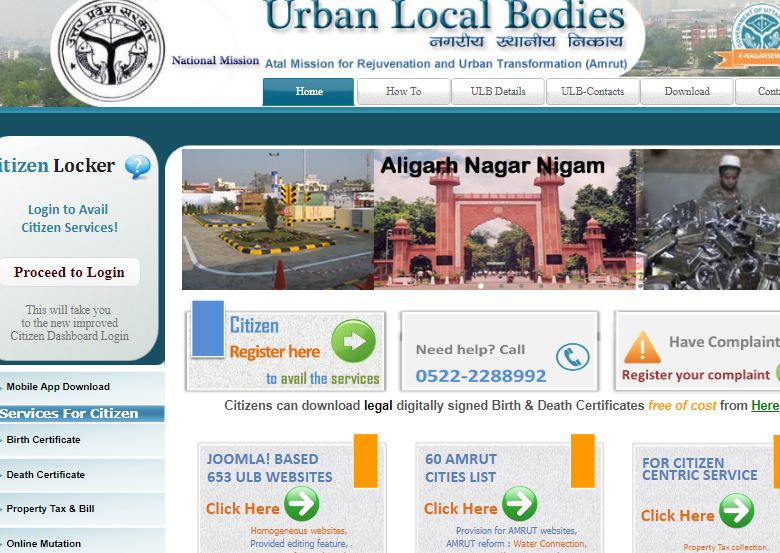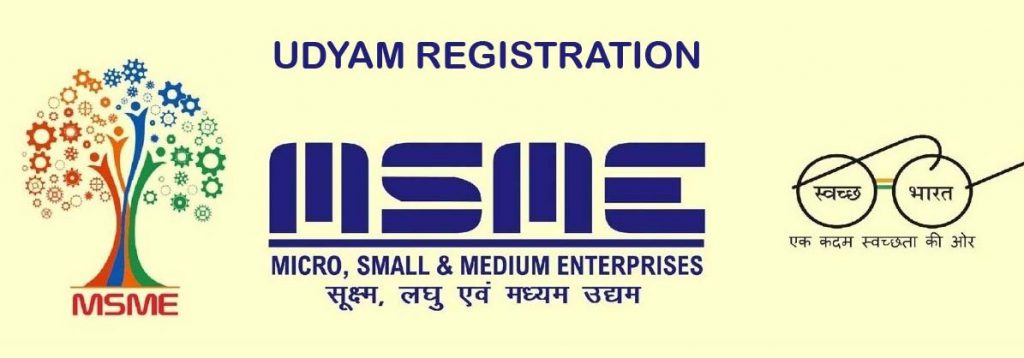Importance of Capital Expenditures in Business
Capital expenditures (CapEx) are funds used by a company to acquire, upgrade, and maintain physical assets such as property, plants, buildings, technology, or equipment. CapEx is often used to undertake new projects or investments by a company. Making capital expenditures on fixed assets can include repairing a roof if the useful life of the roof is extended, purchasing a piece of equipment, or building a new factory. What is CapEx? CapEx is the funds a company uses to acquire, maintain and update its physical assets. It can use them to invest in projects on fixed assets, like repairing a roof or purchasing additional equipment. These expenses typically are tangible items, though they can be intangible, like a patent, trademark or copyright. Companies consider capital expenditures as assets because they can sell them. The main goal of capital expenditure is to increase operations, add revenue or give another economic benefit from the spending. Most accounting and financial roles in commercial businesses involve monitoring and calculating capital expenditures.Capital expenditures may require approval from shareholders or a board of directors before the company uses them. An expense generally is a capital expenditure item when the asset or investment has a lifespan greater than one year. In record-keeping, you place it on the balance sheet instead of expensing it on the income statement when calculating financial reports. Cash flow statements and investing activity documents can also include capital expenditure figures. Some industries, such as utilities, manufacturing, telecommunications and oil and gas, focus more on capital expenditures than others. What’s the importance of calculating capital expenditure? Capital expenditure helps show how much a company is investing in its fixed assets, and the figure often covers the lifetime of an asset. Investors and financial analysts often review cash flow statements to analyze the expenditure values through acquisitions, capital spending or purchasing property, plant and equipment (PP&E). Calculating capital expenditure also helps in reviewing a company’s spending using the balance sheet’s depreciation expense section.To assess overall business performance, you can subtract the capital expenditures amount from operating expenses to determine the free cash flow for a company, which is the amount of cash a business gas after accounting for capital expenditures and operating expenses. Here’s the formula for calculating capital expenditure: CapEx = current PP&E – previous PP&E + current depreciation Types of Capital Expenditures There are normally two forms of capital expenditures. These expenses can be both tangible (machine) and intangible (patent) Expenses for fostering an increase in a company’s future growth Expenses for maintaining present operating levels. Importance of Capital Expenditures in Business CapEx is often used to undertake new projects or investments by a company, smart capital expenditures help businesses grow. From a long-term financial planning perspective, CapEx analysis helps leaders understand whether an asset offers an attractive rate of return. That way, companies can balance maintaining existing equipment and property with having enough capital to invest in growth. Other important considerations include: Initial costs: Depending on the industry, capital expenditures are generally more expensive than acquiring the use of the same asset on an operating basis. Think purchasing a fleet vehicle versus leasing or signing on a contract delivery service. It’s crucial to understand the long-term benefits of owning an asset. Irreversibility: A company will most likely incur losses when undoing a capital expenditure. That’s because the market for capital equipment tends to be poor, which means acquired assets are likely better off used by the company itself. Depreciation: Once an asset is being put to use, depreciation begins and may lead to a decrease in an organization’s asset accounts. Operating Expense vs. Capital Expense Operating expense (OpEx) An operating expense (OpEx) is an expense required for the day-to-day functioning of a business. This means a business incurs an operating expense on a recurring basis. Operating expenses include things like insurance, payroll, and marketing. A capital expense (CapEx) Capital expense (CapEx), on the other hand, is incurred to create a benefit in the future. They are long-term in nature and are generally used to acquire things like property, equipment, and technology. Capital expenditure Operating expenditure Purpose Assets meant to benefit the business for more than one year Costs to run day-to-day operations Listed as Equipment or property Operating cost When it is accounted for Depreciated over the asset’s useful life (in years) Current month or year FAQs What Type of Investment Is CapEx? CapEx is the investments that a company makes to grow or maintain its business operations. Capital expenditures are less predictable than operating expenses that recur consistently from year to year. A company that buys expensive new equipment would account for that investment as a capital expenditure. It would therefore depreciate the cost of the equipment throughout its useful life. What Is an Example of CapEx? The purchase is often capitalized and treated as CapEx when a company acquires a vehicle to add to its fleet. The cost of the vehicle is depreciated over its useful life and the acquisition is initially recorded on the company’s balance sheet. This is treated differently than OpEx, such as the cost to fill up the vehicle’s gas tank. The tank of gas has a much shorter useful life to the company so it’s expensed immediately and treated as OpEx.
Importance of Capital Expenditures in Business Read More »





